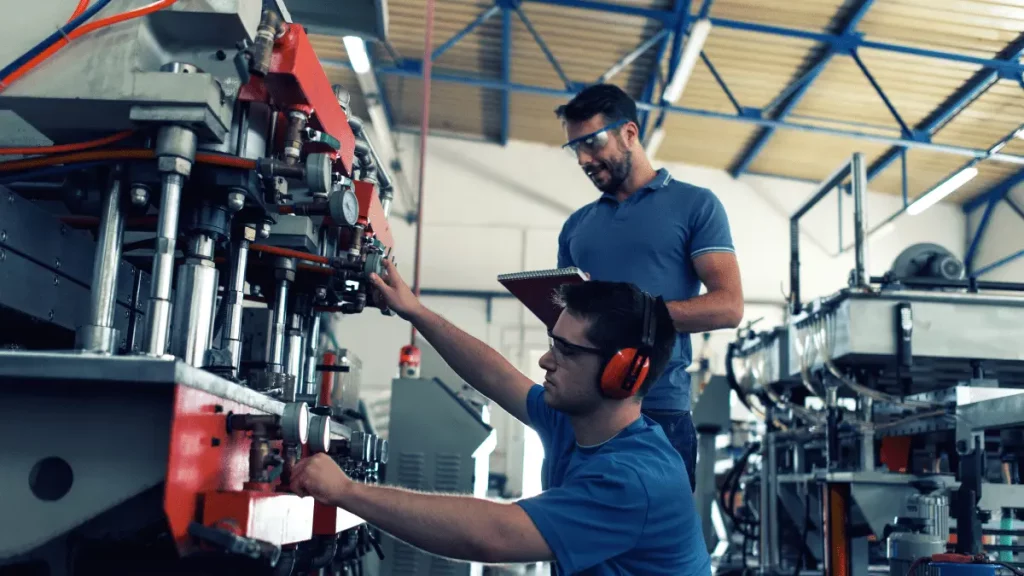What is Kaizen?
The word ‘Kaizen‘ is composed of two Japanese words: ‘kai’ meaning ‘change’ and ‘zen’ meaning ‘for the better’. It is also known as “continuous improvement”. Moreover, Kaizen is a Japanese philosophy that refers to business activities that continuously improve all business functions. In addition, these activities must also include all employees within the organization. Before implementing this approach into a company, it is important to learn about the five elements of Kaizen.
“Kaizen is everyday improvement—every day is a challenge to find a better way of doing things. It needs tremendous self-discipline and commitment.”
– Masaaki Imai, Founder of Kaizen Institute
The Five Elements of Kaizen

Kaizen consists of five founding elements:
1. Teamwork
All employees should work collaboratively to achieve one end goal: continuously improve internal business processes. To clarify, all employees includes anyone from corporate to frontline employees.
2. Personal Discipline
Self-disciplined employees are a more valuable and contributing member to their workforce. Therefore, Kaizen insists that all employees must increase their self-discipline in all aspects related to their work. For example, time management, the quality of their work performance, spending of material and financial resources, etc.
3. Improve Morale
A company may or may not succeed in implementing changes within their workforce. Despite this, all employees should aim to maintain high morale. This means that all employees should strive to increase their confidence and enthusiasm. To help encourage this, senior employees should offer motivational tools. For instance, pleasant working conditions, incentives and rewards, and competitive salary and benefits.
4. Quality Circles
It is important to arrange circles that are of quality and that include employees from different levels of the company. Quality circles refers to a group of employees that often get together to discuss and create solutions for improving internal business processes. In these circles, employees have the opportunity to share their ideas and thoughts, knowledge and expertise, technology, and other useful resources. As a result, the collaboration and cooperation within these quality circles will enable employees to measure the effectiveness of their performance. Consequently, this will enable them to further improve.
5. Suggestions for Improvement
All employees should be given the freedom to offer their ideas and suggestions for improving operational processes. Furthermore, if doable, submitted ideas and suggestions must be taken into account and must be acted upon. In other words, if there is enough time, money, and resources, the idea/suggestion should be implemented.
Implementing Kaizen for Beginners
An important step in starting your lean journey is to educate your workforce on Kaizen and to promote the continuous improvement mindset. If this is new to you and your organization, here a few suggestions to slowly start incorporating Kaizen into your workforce:
- Senior employees should work together with other employees of different levels to learn about the principles of Kaizen
- Encourage and allow everyone in your workforce to submit their ideas and suggestions for improving business operations
- Determine and establish an overall Kaizen approach and plan that will be easily understood and followed, and that will work for everyone
- Reward your team for any suggestions or ideas they may have - the more suggestions and ideas that are generated, the more Kaizen will be easily integrated into your organization
TheLeanSuite's Continuous Improvement System
TheLeanSuite makes implementing the five elements of Kaizen easy with our Continuous Improvement System. We’ve designed the system so that it incorporates the PDCA cycle, making it easy for you to document and manage quick or complex Kaizens (projects).
The Continuous Improvement System helps you foster a culture of continuous improvement within your organization. As a result, you can deliver more value to your customers, while simultaneously reducing waste. Whether you have big or small improvements, use the system to identify, collaborate on, and develop gradual improvements in your key operational areas.





